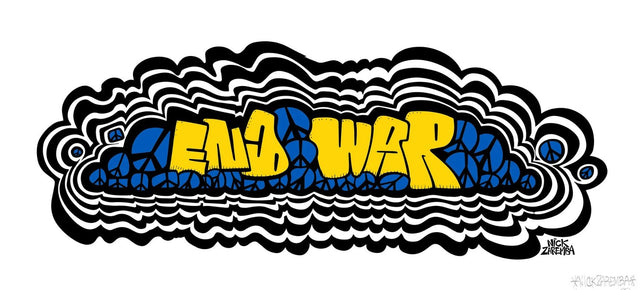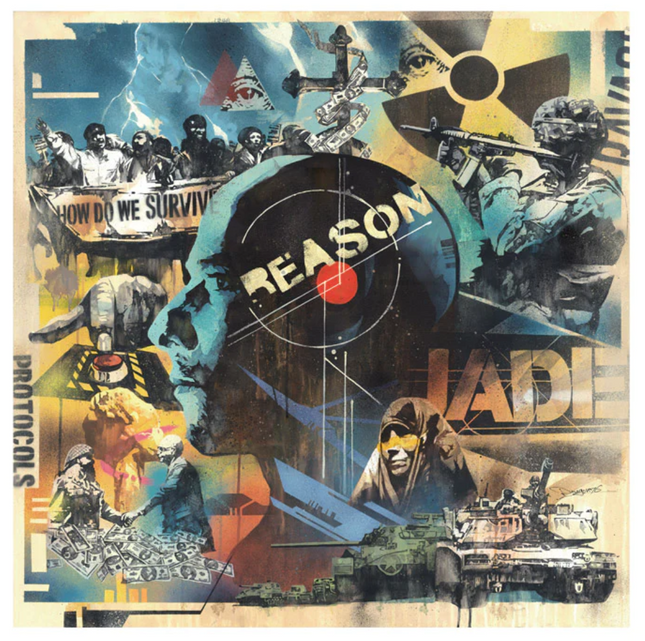Age Of Reason PP Printer Proof Archival Print by Dragon76 Limited Edition Print on 310gsm Museum Fine Art Paper Pop Artist Modern Artwork.
PP Printers Proof 2019 Signed & Marked PP Limited Edition Artwork Size 14x14 Archival Pigment Fine Art
Dissecting "Age Of Reason" by Dragon76
"Age Of Reason" is a profound Printer's Proof (PP) archival print from 2019, rendered by the artist known as Dragon76. As an embodiment of street pop art and graffiti artwork, this limited edition print is embellished on 310gsm Museum Fine Art Paper, a testament to its enduring quality and the artist's commitment to excellence. Signed and distinctly marked as a PP, it bears the hallmarks of a collector's piece, with a dimension of 14x14 inches, providing an intimate yet impactful scale for the viewer. Using archival pigment in fine art ensures that the intricate details and complex color palette remain vivid over time.
Convergence of Themes in Modern Artwork
Dragon76, renowned for his unique aesthetic that marries elements of street art with classical delicate art sensibilities, presents a tapestry of modern societal issues through the "Age Of Reason." The artwork is a visual commentary steeped in symbolism and layered with multiple motifs that tackle the zeitgeist of contemporary society. The title is a call to rational thought in an era seemingly filled with confusion and conflict. Each element within the print—from the aggressive imagery to the iconic symbols of power and rebellion—conveys a narrative about the struggle for reason in a world marred by chaos.
Symbolism and Storytelling in Street Art
This piece stands out as a cultural artifact that encapsulates the spirit of street pop art. Dragon76 utilizes the canvas to question and critique, engaging with themes of political power, social unrest, and the quest for peace. The imagery converges to form a battleground of ideas, where each symbol vies for dominance in the viewer's mind. "Age Of Reason" serves not only as a work of art but as a catalyst for discourse, embodying the very essence of what graffiti artwork strives to accomplish—sparking conversation and provoking thought. The intricate layering and juxtaposition of elements indicate the complex realities faced globally, prompting introspection about the state of humanity. Through a blend of text, iconography, and figuration, Dragon76's print invites the audience to dissect the varied components, each serving as a puzzle piece to the broader message he aims to convey. The use of fine art materials elevates the print beyond the transient nature of traditional street art. By choosing a durable medium typically reserved for high art, Dragon76 bridges the gap between the ephemeral and the permanent, allowing "Age Of Reason" to resonate with graffiti's impermanence and fine art's lasting nature. In doing so, he positions street art within the larger context of art history, ensuring its place in the ongoing narrative of artistic expression. In sum, "Age Of Reason" by Dragon76 is a testament to the power of street pop art and graffiti artwork to reflect and challenge societal norms. It is a visual compendium of contemporary struggles, encapsulated in a format that defies the fleeting nature of street art, designed to endure both in physical form and in the impact it has on its audience. Through this piece, Dragon76 extends an invitation to ponder, question, and ultimately reason.
Read
more
less


